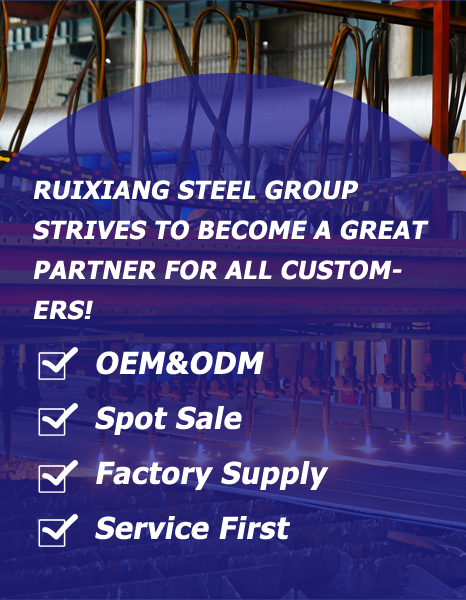Cold Rolled vs. Hot Rolled Steel: A Comparison of Surface Finish and Dimensional Accuracy
 Click:167Edit: Admin
Click:167Edit: Admin Time:2025-10-08 16:54:03
Time:2025-10-08 16:54:03
Cold Rolled vs. Hot Rolled Steel: A Comparison of Surface Finish and Dimensional Accuracy
Content:
When selecting steel for your project, the choice between cold rolled and hot rolled steel significantly impacts the final product's quality, especially in surface finish and dimensional accuracy. Understanding these differences ensures you pick the right material for your specific application.
Surface Finish: Smoothness and Appearance
The surface finish is one of the most noticeable differences between cold rolled and hot rolled steel.
Cold Rolled Steel: Cold rolled steel is processed at room temperature . It undergoes additional steps like pickling and smoothing passes from polished rollers . This results in a smooth, glossy surface with a consistent, modern look, often described as having a certain luster and feeling smooth to the touch, similar to a common steel water cup . The surface is generally free of scale and oxidation .
Hot Rolled Steel: Hot rolled steel is formed at high temperatures (typically above 1100°C) . When this steel cools, it forms an oxidized layer on the surface known as mill scale . This gives hot rolled steel a rougher, non-uniform surface that can be dark gray or bluish and may have imperfections like mill scale, which can make the surface appear black or have a "fire-killed" look . Acid washing can remove this scale to reveal a more metallic surface, but it still won't match the smoothness of cold rolled steel .
Dimensional Accuracy: Precision and Tolerance
The manufacturing process also dictates how precise and consistent the steel's dimensions will be.
Cold Rolled Steel: Cold rolling allows for tighter dimensional tolerances and more consistent thickness across the sheet . This process can produce very thin materials; cold rolling can achieve thicknesses as low as 0.001mm, whereas traditional hot rolling has limitations on how thin it can go . The absence of thermal contraction during cooling further enhances its dimensional stability .
Hot Rolled Steel: The high-heat process and subsequent cooling lead to less precise dimensions. Hot rolled steel is more prone to shrinkage and slight distortions as it cools, resulting in wider dimensional tolerances . The edges can also show imperfections like waves or folds .
Choosing the Right Steel for Your Project
Choose cold rolled steel for applications requiring a superior surface finish, high dimensional accuracy, and greater strength without heat treatment, such as in automotive panels, appliances, and furniture .
Opt for hot rolled steel for projects where slight surface imperfections and dimensional variations are acceptable, such as in structural frames, railroad tracks, and other applications where the steel will be mostly unseen, and its cost-effectiveness is a major advantage .
At Ruixiang Steel, we provide both cold rolled and hot rolled steel to meet diverse industrial needs. Our expertise ensures you get the right grade with the perfect finish and precision for your manufacturing requirements.
 Click:167Edit: Admin
Click:167Edit: Admin Time:2025-10-08 16:54:03
Time:2025-10-08 16:54:03

